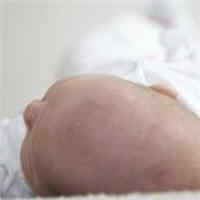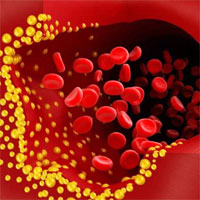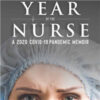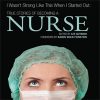Virtual Craniofacial Clinic Outcomes for Assessing Plagiocephaly During the COVID-19 Pandemic
thejns.org
Virtual clinic encounters resulted in comparable diagnostic accuracy. The trend toward frequent follow-up assessments and changes in the final diagnosis in the virtual clinic cohort has indicated a level of diagnostic uncertainty via the virtual interface, which required in-person assessment for confirmation.
This finding did not contribute toward diagnostic inaccuracy with respect to missed synostosis.
The study results have indicated that telemedicine can be an effective modality in assessing craniofacial pathology.
The mean patient age at time of the visit was 5.6 and 7.3 months (p = 0.244), and the mean time from referral to appointment was 19.2 and 19 days (p = 0.934), in the in-person and virtual cohorts, respectively.
There was no significant difference in the variety of chief complaints between the in-person and virtual visits, with 97.8% and 93.3% of patients’ parents reporting abnormal head shape, respectively, and the remainder reporting more infrequent complaints.
















